Thanks to a big push into the scooter market in the early 1960s, Honda quickly built a reputation as a major motorcycle manufacturer—but automobiles were already on the company’s horizon.
Long before the N600/Z600 arrived in the United States, Honda released the tiny T360 truck in Japan in 1963.
Less than a year later, it unveiled the S600.
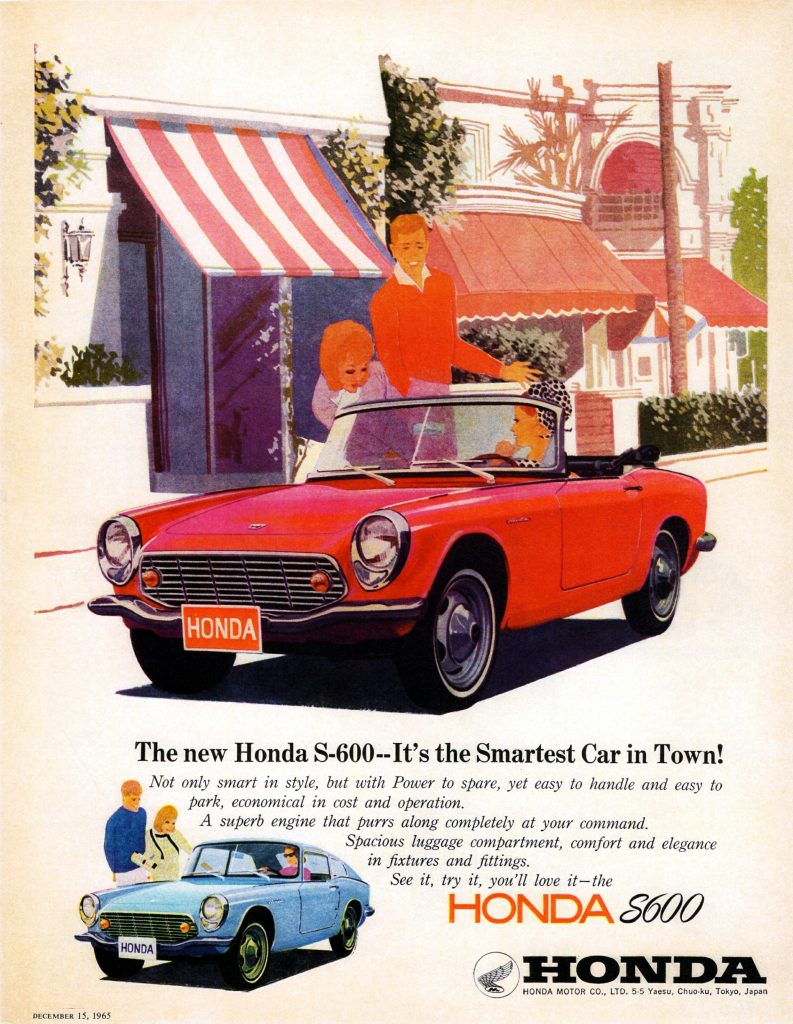
Produced from 1964 to 1966, Honda only made around 13,000 S600 models in that short timespan. It’s considered Honda’s first mass-marketed automobile, and the first one it designed with left-hand and right-hand drive options for export—though it never officially came to the United States.
That means they’re super, super rare over here, so when we spotted this one at a recent Cars & Coffee event, we had to track down its owner to learn more.
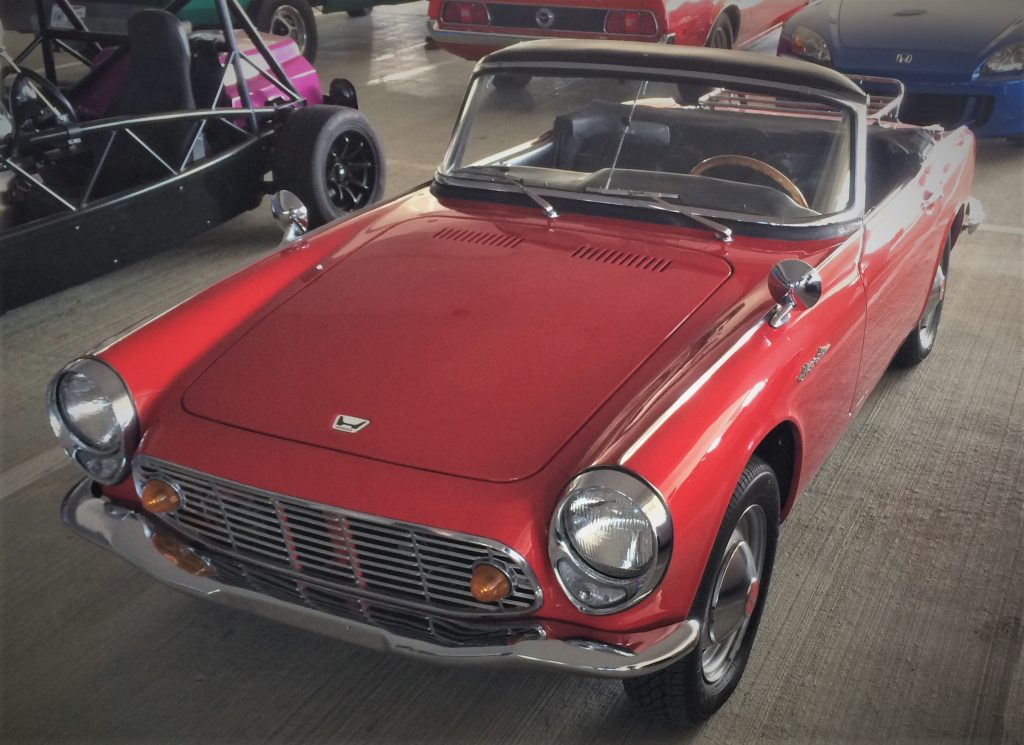
“Only 72, I think, are in this country that have an owner and a VIN,” Karl Munson says. “Approximately half of those are running.”
About five years ago, Munson was searching for a British roadster like the one he had in college. “But when I saw this one at an auction up in Maine,” he quips. “I knew I had to have it.”
So, how does a car that was never sold in the U.S. get across the Pacific?
This particular S600 is a 1966 model that was originally owned by an American Serviceman stationed in Okinawa, Japan. “He had it specifically set up with left-hand drive because he knew he would take it home to the States,” Munson explains. The car was also optioned with rare features like a factory luggage rack, back-up lamps, heater, and AM radio that cleverly integrates the antenna into the windshield visor.
It was in pretty good shape when Munson got it too, needing only small mechanical fixes and some minor bodywork to remedy a few bubbles forming on the roadster’s steel body.
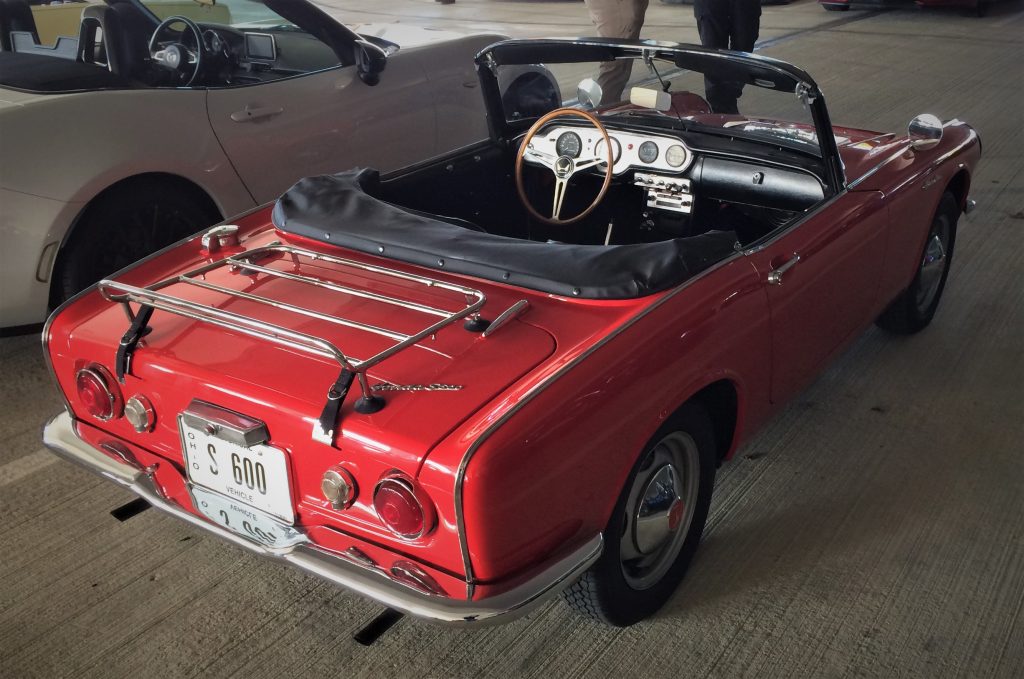
Under the hood of the S600 lives a 606cc powerplant that, as Munson describes, was designed and built specifically for this car. It makes 57 horsepower and 37 lb.-ft. of torque, which can propel the 1,600 pound roadster to a top speed of around 90 miles per hour, and from zero-to-sixty in about 16 seconds.
While the engine was bespoke for the S600 automobile, it borrowed plenty from Honda’s motorcycle expertise—which is evident when you see the tachometer’s astronomical 9,500 rpm redline.
In fact, Munson tells us about a gentleman in nearby Dayton, Ohio that raced these back in the day. He recalls that, in fighting trim, the engine would rev-up to 11,000 rpm all race long, all season long with little more than carburetor adjustments between events!
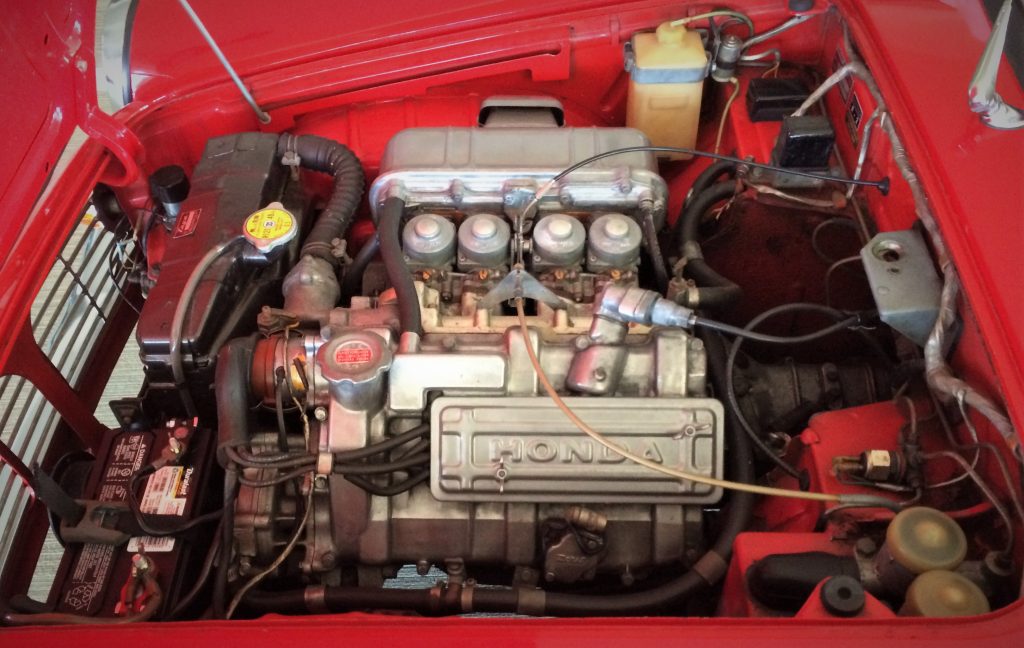
The engine features an aluminum block and benefits from dual overhead cams, hemispherical combustion chambers, a roller bearing crank(!), and full-length headers, much of which developed out of Honda’s motorcycle program. Fans of early Honda bikes will immediately recognize the four Keihin carburetors too.
It’s got a hydraulic clutch, along with a single hydraulic brake circuit pushing drums at each corner.
Oh…and did we mention it was…chain drive?!?!
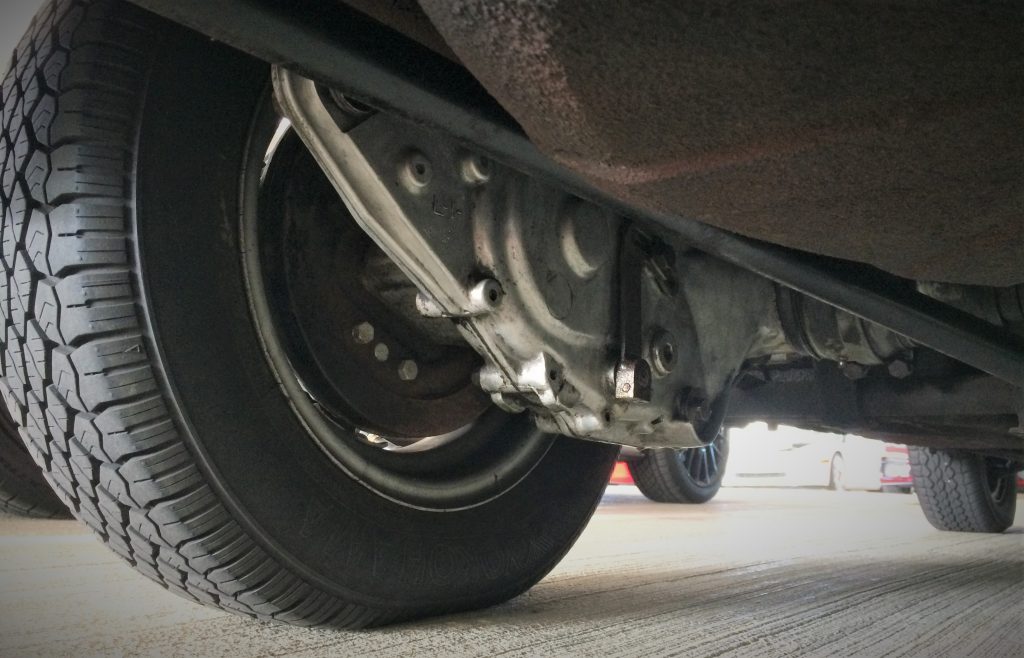
Two chain drives, actually—we’ll let Munson explain it:
“It has a conventional four-speed [manual] transmission. The drivetrain comes back to a differential that’s actually bolted to the chassis. There are two stub shafts that come out to each wheel with a sprocket on the end. And the sprocket drives a short chain to the wheel.”
So yes, if you roll underneath the back of the S600, you’ll see a large chain case tucked behind each rear wheel. There’s an individual chain inside each aluminum housing, which connects a drive sprocket on the axle half-shaft to an offset driven sprocket on the wheel. The differential itself has 1:1 ratio, with the sprockets handling the gear reduction.
Dig old Hondas? You may enjoy this article too: How Transparent Fuel Lines Helped Solve a Decades-Old Motorcycle Idle Problem
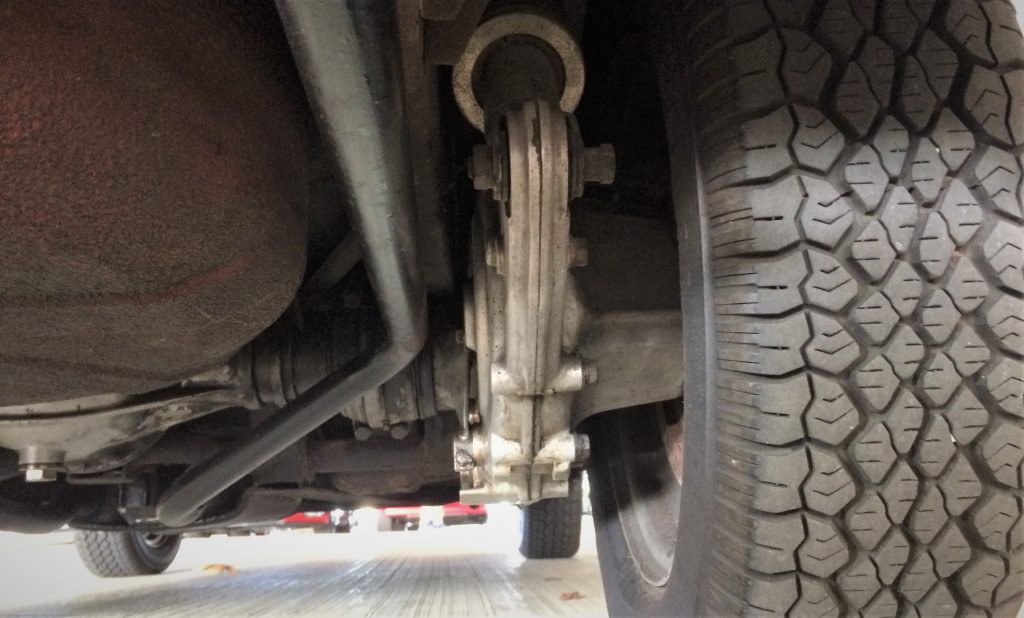
If that wasn’t ingenious enough, the cases actually serve as coil-sprung trailing arm suspension members, which means the S600 has an independent rear suspension.
“The differential is always parallel with the body. The tires are always vertical,” Munson explains. “Camber is fixed with no adjustment, and the chains are easily adjustable with a simple tensioner arm.”
How can you tell if the chains need adjustment? “It gets noisy!” he laughs.
Though Munson does allude to some drawbacks with this particular setup, namely the complexity of the system with its three separate cases that add some unsprung weight to an otherwise light-footed car. (Honda must’ve agreed, as it went to a conventional solid axle shortly after the introduction of the next generation S800 model.)
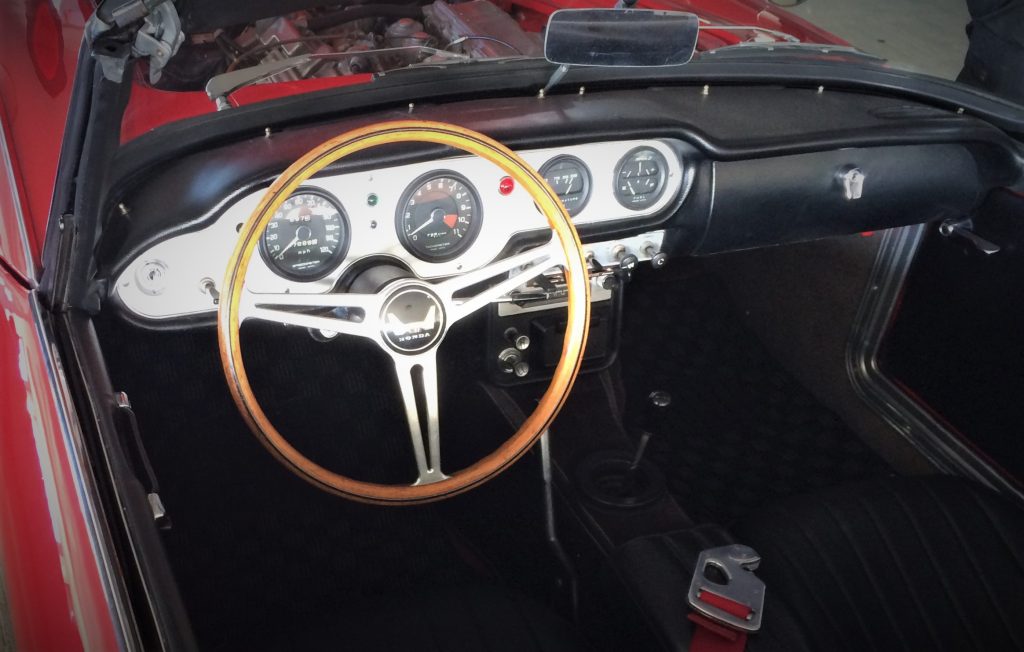
We asked Munson what he’s done with the car since it entered his stable, and he says it’s actually nabbed first place at a pair of concours-level car shows already, narrowly missing best-in-show honors both times.
“Basically, I’ve been a Bridesmaid twice,” he jokes.
Despite the car’s rarity, Munson isn’t shy about driving the S600 either, and it’s no stranger to the interstate. “Yeah, on paper, top speed’s 92 miles per hour. But you’ve got to have a real smooth road—and we don’t have many of those in Ohio,” Munson chuckles. “It loves 70 [mph] though.”
With that, we thanked Munson for his time and let him get back to answering questions from the dozens of other folks crowding around his delightful, diminutive roadster.
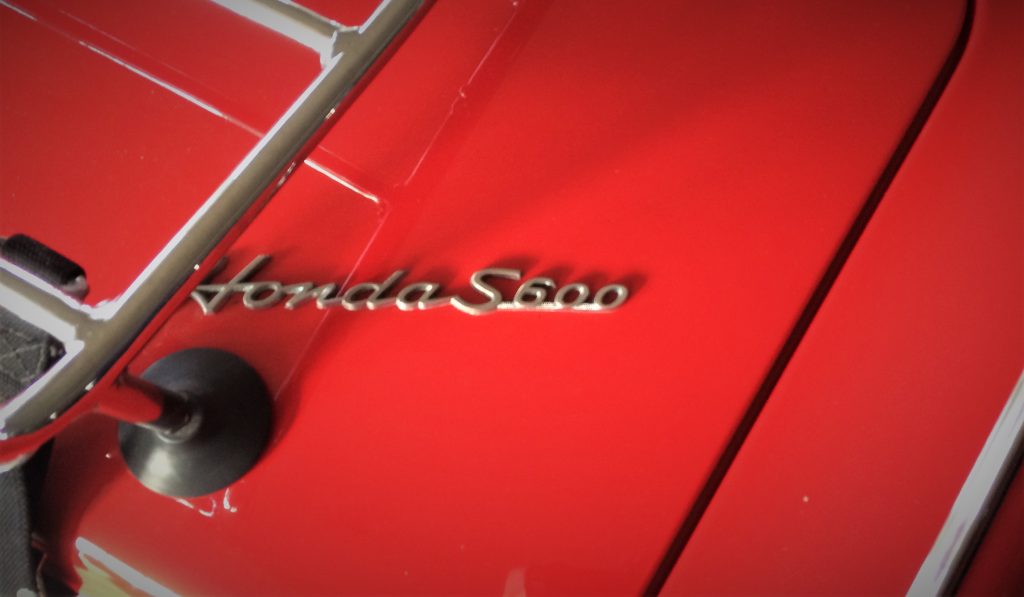
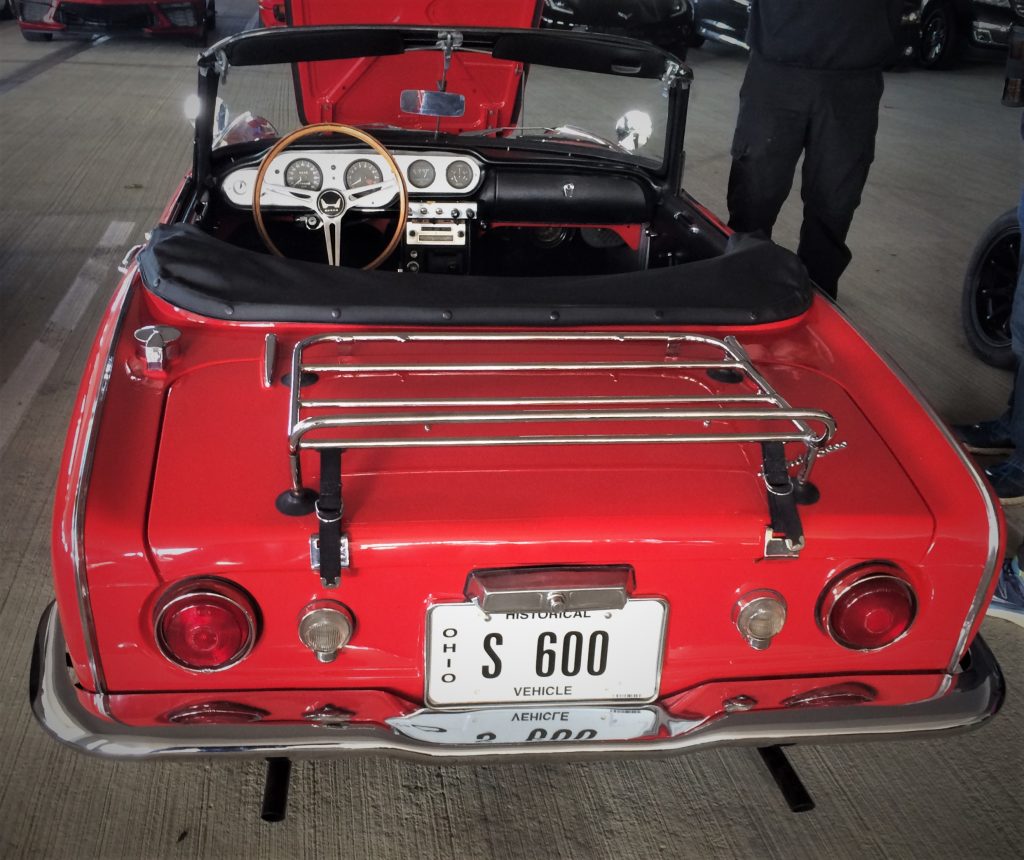
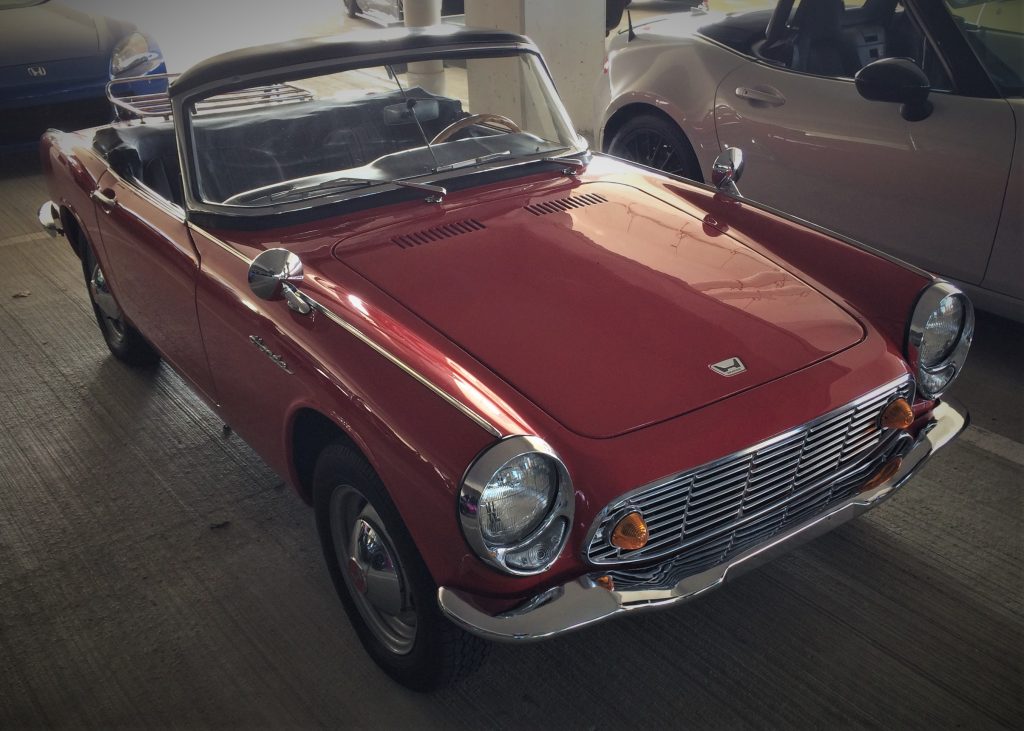
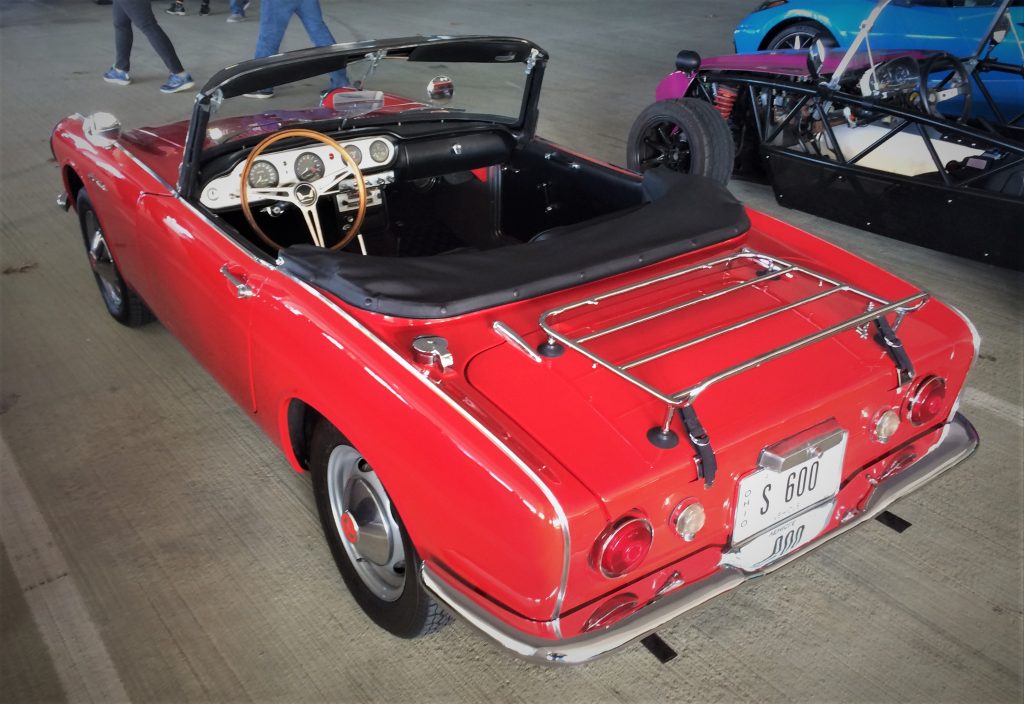

Hi, We have one of these S600 in the shop and are in need of a complete transmission! Our is beyond any type of repair. Any help in locating one would be greatly appreciated!
hi Randi,
I know its been awhile, but I may have what you need.
Hi John B,
Are you by chance Chris’s brother out of MA?
Just curious to see if you we able to help Randi sort out his tranny?
Mike
Hi Randi, go onto Gumtree Australia, there is a listing for 2 S600 gearboxes in parts complete for sale, the link is https://www.gumtree.com.au/s-ad/buderim/other-parts-accessories/honda-s600-gearboxes-x2/1304523728 best of luck…Dave from Australia.
My husband had one when I met him in 1983. He had restored one from two that he had when he was a teenager, around 1970. It broke his heart to sell it around 1990.
He passed away at only 46 in 2000. What a mechanic he was, he could fix anything.
Not that it matters, as I’m sure the car is not coveted as a muscle car, but 16 seconds quarter mile is dreaming. According to tests runs 21 seconds @ 63mph or thereabouts.
You’re exactly right Ron – We mistakenly listed it as a 1/4 mile ET, but it’s actually the car’s 0-60 time. Good catch!
I bought a n600 red sedan in 1973 used it was like new, low miles, I think I gave around 700.00, Maico car was water cooled, but I really liked my H.onda n600 it got great gas mileage, thats when the gas doubled over night in Orlando Fl I later used to buy many z600’s with broken timing chains, repaired them drove them and resold them, last one I had was another n 600 sedan, sold it for 2500. the man never even thought to offer less, He said I’ll ake it, and paid me cash on the spot. I saw many Hondas back in those days and met his man that toke care of him in his older days, and I bought a Harley from that same gentleman, like brand new, it had around 1200 miles on the bike, I miss that old Honda car, whish I had one now in my old age, I tough both of my children to drive on honda 600.s
Hey Johnnie, you may enjoy this article too: Check Out This 1972 Honda Z600—It’s All Original & a Former Autocross Champ
I bought my first 1966 S-600 brand new in March ’66, when I was 18, from my Brother’s business, Lloyd’s Cycle Shop (aka Lloyd’s of Guelph). He was the Honda dealer in Guelph, Ontario, Canada. It’s a red convertible which I still have and has 26,400 miles on it. It was my first car, and first of 5 1966 S-600 convertibles I have owned. I traded my 1965 Honda Benley 150 in on it.
Thanks for the GREAT write-up on my little car! I’m impressed that you got a lot of information correct. But one tiny little error – the 16 seconds is 0-60 time, not a quarter mile time!
If you want to see this car on display, it will be at the Cincinnati Concours d’Elegance at Ault Park on June 9, 2024. Also expecting to be in Northern Kentucky at the Keenland Concours on Saturday July 20, 2024
Great to hear from you again Karl! Thanks for the note on the 0-60 times–I made the update. I’ll try to find you at the Concours!